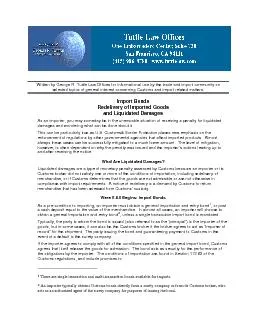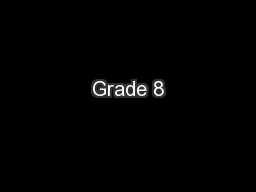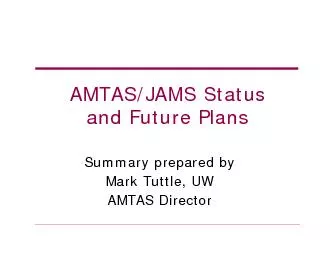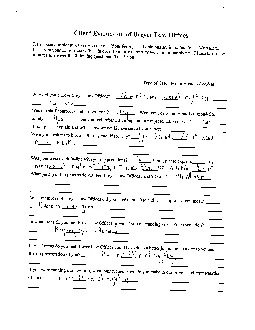PDF-Written by George R. Tuttle Law Offices for informational use by the t
Author : mitsue-stanley | Published Date : 2015-10-06
selected topics of general interest concerning Customs and import related matters Redelivery of Imported Goods As an importer you may someday be in the unenviable
Presentation Embed Code
Download Presentation
Download Presentation The PPT/PDF document "Written by George R. Tuttle Law Offices ..." is the property of its rightful owner. Permission is granted to download and print the materials on this website for personal, non-commercial use only, and to display it on your personal computer provided you do not modify the materials and that you retain all copyright notices contained in the materials. By downloading content from our website, you accept the terms of this agreement.
Written by George R. Tuttle Law Offices for informational use by the t: Transcript
Download Rules Of Document
"Written by George R. Tuttle Law Offices for informational use by the t"The content belongs to its owner. You may download and print it for personal use, without modification, and keep all copyright notices. By downloading, you agree to these terms.
Related Documents














